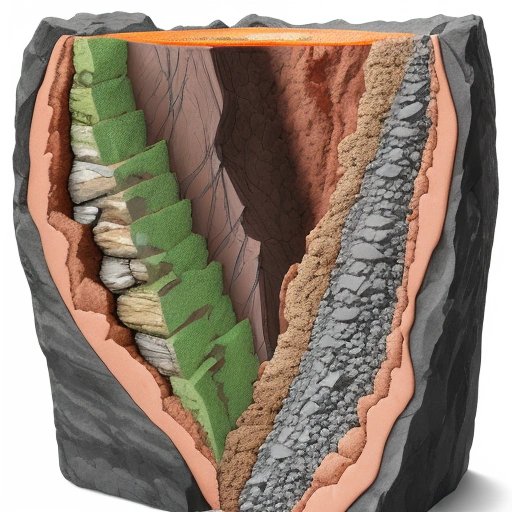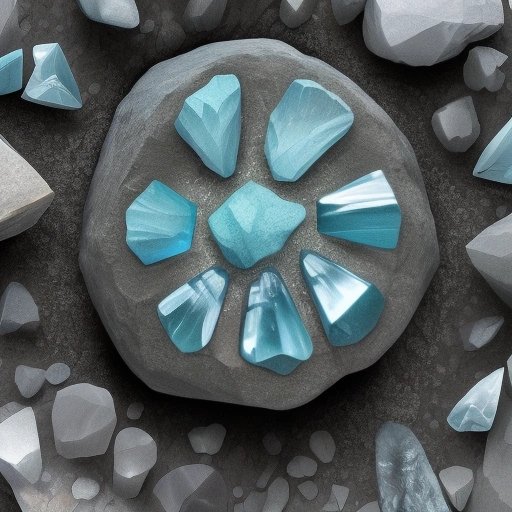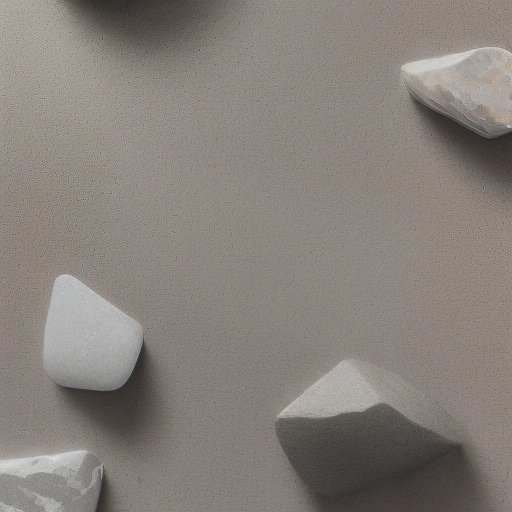In the colossal tapestry of Earth's endless wonders, we often forget to appreciate one of its most fundamental aspects - the very ground we step on. The expansive study of rocks, known as petrology, allows us to delve into the minutiae of our planet’s crust. It’s a fascinating exploration, where rocks aren't just rocks. They’re complex structures composed of various minerals and compounds. Each rock tells a tale of pressure, heat, time, and transformation, vividly chronicling the evolutionary saga of our planet.
The families of rocks have three significant members: igneous, sedimentary, and metamorphic. Their existence and properties are predominantly determined by their formation process, which in turn nurtures a variety of minerals within them. Bound together by chemical bonds, these minerals create the diverse and remarkable structures we know as rocks.
At a granular level, rocks are composed of grains of minerals, often crystallized under substantial heat and pressure. These minerals aren't erratic freeloaders. They are homogeneous solids formed from specific chemical compounds that arrange themselves in an orderly manner to yield distinct properties. When viewed under a lab microscope, the beauty of their arrangement can easily capture one’s awe, turning a seemingly mundane rock sample into a remarkable piece of cosmic art.
Among the various constituents of rocks, one compound stands out in terms of quantity and importance – silica (SiO2). This compound, essentially a bond between silicon and oxygen, forms a staggering 74.3% of the Earth’s crust. Silica is present in various forms in a multitude of rocks and facilitates the creation of crystals with other compounds. From common grains of sand to sparkling geodes and quartz veins, the hand of silica is evident everywhere on Earth's diverse geological palette.
The imbalance or proportion of silica in a rock dictates much of its properties, appearance, and even its name. For instance, rocks rich in silica, such as granite, exhibit a granular texture and light color due to the presence of minerals like quartz and feldspar. On the other hand, rocks with lower silica content, like basalt, display a darker color and finer texture.
It’s fascinating to contemplate how majorly the proportion of a single compound can dictate the traits and nature of the diverse rocks we come across. But then again, isn’t that reminiscent of life itself? Subtle changes, varied mixtures, and different pressures shape us, mold us, and give us unique identities - just like the rocks beneath our feet.
In truth, the world of petrology offers us more than just the science of rocks and minerals. It gives us a humble reminder of our place in this vast universe. It allows us to appreciate the miracles hidden in the mundane, and the beautiful complexity tucked away in the seams of apparent simplicity. So, next time you pick up a seemingly ordinary rock, remember - you hold in your hand an artefact of time, a capsule of the cosmos, a testament to Earth's incredible journey through the ages.


